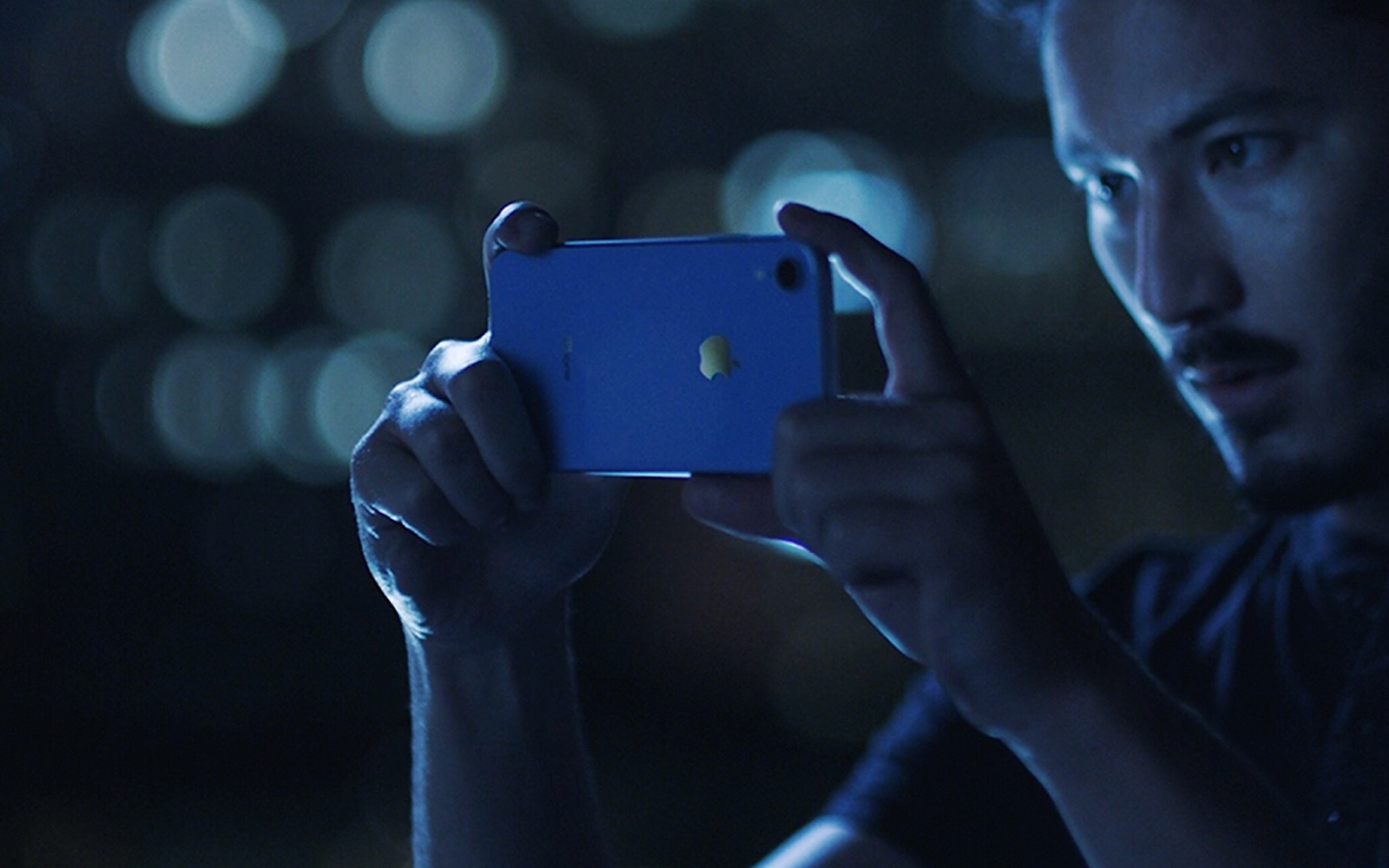Back to a regular week of tech news, as we look at Dyson’s electric car ambitions, preview the iPhone XR, Amazon’s waterproof new Kindle, Optoma’s smart home projector, and review Google’s Home Hub. The Wrap is back, tune in.
Transcript
For the week ending October 26, you’re tuned into The Wrap, Australia’s fastest technology roundup, and while last week was all phones, this week has news on so much more, so let’s get stuck in.
Starting with cars, because if you’ve heard about this whole electric car thing, you probably know that some of the names making electric cars aren’t as well known for making cars as others. We’re of course talking about the likes of Tesla, which has been making a name for itself in electric cars, but it won’t be the only one.
In fact, by the year 2021, Dyson will have at least one electric car, as the company confirms its rumoured ambitions by beginning to build a factory in Singapore. It’s an important step, and while it doesn’t mean we can tell you much about Dyson’s take on the car, it does mean we should be seeing more than fans, vacuums, hand dryers, and hair dryers from Dyson in the near future.
By near future, we mean three years, which is a long time. Before then, you can expect a whole heap of other gadgets destined to come home, and even more that probably won’t. We all only have so much money, after all.
Fortunately, gadgets are getting less expensive across the board.
This week, Apple released its iPhone XR to the public, and while we’ve yet to have a play, early reviews suggest it’s this year’s iPhone for everyone, getting enough of the tech found in the expensive iPhone XS, but without the two cameras and same expensive price tag.
Starting at $1229, it’s still a pricey iPhone, but this year we’ve seen an iPad for everyone in the $500 iPad 9.7, so it’s nice to see Apple trying to at least keep costs friendly with more than just the iPad.
There’s also some price friendliness over at Amazon with a new waterproof Kindle. It’s essentially a mid-range model known as the Paperwhite, but the latest variation costs $199, almost half the price of the expensive Kindle, and one that lets you take it to the pool or beach without fear of certain electronic death.
We’re seeing better prices in projectors, too, which also saw more features this week, as 4K projectors came down to just below three thousand dollars, supporting 3D movies, too. Remember those?
Optoma is the company pushing this out, with the 4K UHL55 projector, and it’s one that also talks to Amazon’s Alexa, Google’s Home smart systems, and the If This Then That service known as IF Triple T, meaning if you have an Amazon Echo or Google Home, you can turn on and control the Optoma projector using just your voice.
That means you could come home from work, and say to your smart speaker “turn on the home theatre” to have the projector switch on, the speakers group, and the lights dim, creating the home cinema experience simply from your voice. You’ll still need to set it up to make it happen, but once it’s done, it’s ready to go.
And it’s just one example of how the smart home is changing things.
You can find improvements in the smart home with gadgets around the house fairly regularly. There was a new skill added this week for Amazon’s Alexa that lets you listen to Fox Sports as a service, while security camera maker Swann added support recently, too, streaming to Amazon Echo speakers with a screen, because there are now two of those.
And there’s also a similar model made by Google in the form of the Home Hub, which we’re checking out now.
To say that it’s not your regular speaker would be an understatement. Google’s Home Hub is more like a tablet mounted to a small speaker, because that’s what it is: a 7 inch tablet on a speaker.
Tablet’s really the wrong word. It’s more of a digital photo frame with touch support, and a microphone that translates your words into commands, because it’s like the Google Home, Home Mini, and Home Max speakers, but there’s also a screen.
That means when you say “Hey Google, what’s the weather”, Google Assistant not only tells you, but shows you. When the screen loads your forecast, you can swipe on the display and see the forecast for a longer period of time, and this touchscreen comes in handy for other things. You can pause and play media through it, see other connected gadgets, and swipe through photos when it goes to standby.
Standby is basically a digital photo frame, but it’s the best kind, connecting to your Google Photos library so it’s always updated and ready.
But it’s only an okay speaker, and that makes it a confusing product, like a middle ground for people who need the visual connection to make the smart home come alive, because talking to a speaker is just plain weird.
If you don’t have a smart speaker in your home and need that visual stimulus, the $219 Google Home Hub is worth checking out, but if you’re already a smart home convert, it may not be for you.
You’re already there, living in the future, like us, and you probably have more time, because we’re out.
But you’ve been listening to The Wrap, Australia’s fastest technology roundup. The Wrap appears every Friday at Podcast One and Apple Podcasts, and will be back next week for more tech five.
Until then, have a great week, and we’ll see you next time on The Wrap. Take care.





